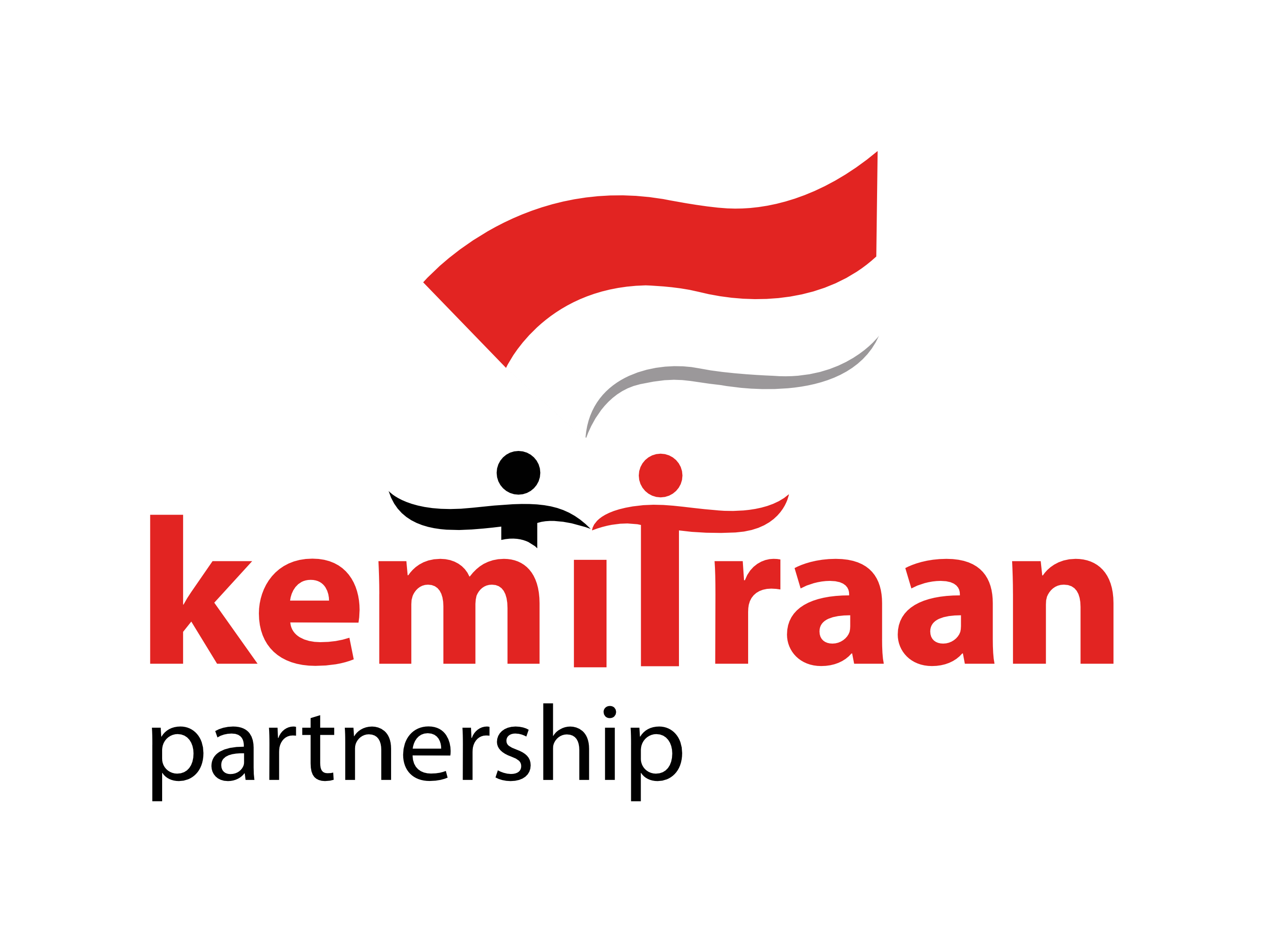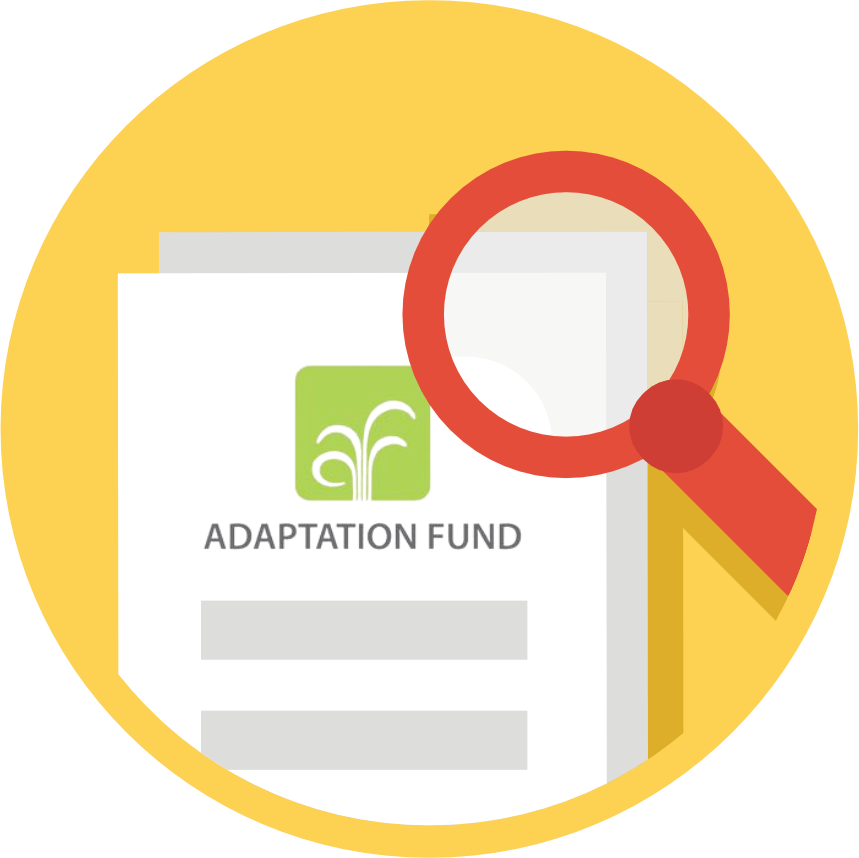The tradition of the Rendu indigenous people is threatened by the Mbay-Lambo Reservoir.
Written by FITRIYANI ZAMZAMI/ Republik
Last July, residents of the Rendu indigenous community had a celebration. The men of the tribe wore local woven sarongs, usually with black and yellow patterns. At night, they stay in the hills scattered across the highlands of Nagekeo Regency.
After that, they then head to the hunting area. They perform a post-harvest ritual called Ndai in the local language. For three days, they hunt wild boar, deer, porcupine pigs and other game animals.
This year, the yield is low. Much less than three years ago and in previous years. “Maybe this is our last ritual. Next year we won’t be able to do it anymore,” said Vincensius Jawa, a member of the Rendu tribe when met by Republika with a group of journalists brought by KEMITRAAN-Partnership for Governance Reform to the village last August. How is the article?
The Rendu indigenous community lives in South Aesesa District, Nagekeo Regency, NTT. The distance between the Nagekeo Regency government center and Rendu Village is approximately one hour by road.

They live in a number of villages, namely Rendu Butowe, Ulupulu, Labolewa and Rendu Ola, which is the oldest village. Currently, around 800 hectares of the area has been pegged to be included in the Mbay-Lambo Reservoir project. The Rendu tribe’s hunting territory is included in this scope. It is a special stretch of land. A vast, beautiful field surrounded by towering hills.
As a result of the dam construction, they were forced to find a new hunting location. This was no easy task. Antonius Thakemue, 68, a representative of the Woi Nakaghupu from Gaja, a sub-tribe of the Rendu, said that the elders must first make a kutika from grass and wood. The tool is to find a lodging area before hunting that is approved by the ancestors.
Once found, the lodging area will be marked with chicken blood. After staying overnight, the men of the Rendu tribe then hunt. In the past, animals used to be herded towards the river in the valley. Currently, the valley has been cultivated for the construction of a reservoir.
“So there is very little hunting,” says Antonius Thakemue. “Many hunting grounds have been destroyed.”
Not only the Ndai ritual is threatened by the dam construction. The reservoir area also took away the sacred land where the Rendu tribe used to perform rituals before the planting period. When the rainy season does not come while planting time is approaching, residents usually look for practices that violate taboos. Once found, traditional mantras will be recited in the ritual area to ask for forgiveness from the Almighty as well as to ask for rain.
There is also a bathing ritual in the river that must be performed by a father whose daughter is growing up and entering marriage time. In the ritual called Tau Ae, the father will bathe in the river wearing a woven sarong which is then thrown as a symbol of self-cleansing. The river used to perform the ritual was also affected by the construction of the reservoir. The location is not far from the zero point of the reservoir, a place that will later be inundated with water.
In the ritual, ritual plaits such as mathatata are used. The materials to make these plaits, some of which are made from palm leaves, will become increasingly difficult to find because the location where they grow will also be submerged.
“So all our traditions are in danger of being lost,” says Vincensius Jawa. The local man traveled all the way from his home in East Java to see his traditional land, which will soon be part of the dam construction.
The construction of the Mbay-Lambo Reservoir was accompanied by “compensation” for land and property taken from indigenous peoples. This was also unfamiliar to the local tribes. They were previously unfamiliar with buying and selling land.
“Since the time of our ancestors we have never moved,” said Mateus Phui (62), chief of Woi Dhirikeo from the Redu sub-tribe of the Rendu tribe. Land is usually given to heirs or sons-in-law. If there is uncultivated land, other tribe members are also free to carry out gardening and livestock activities there.
Later, if the reservoir goes ahead, he will be forced to move to a new relocation area. He will leave the land he inherited from his ancestors. Mateus Phui could not contain his emotions when asked what he would do when the time came to move.
“I will say ‘my ancestors should not be angry, I did not sell this land’,” he said tearfully. He said he would take bits and pieces of land from his evicted property and bring them to his new place as a memento.

Hermina Mawa, a mother of two from Rendubutowe Village, also sobbed when asked about her land being inundated. The Redu woman has relied heavily on her customary land, which she uses for gardening and livestock raising.
Since her two children, a son and a daughter, were young, her husband has passed away. Mama Mince, as she is affectionately known, has been working alone to support them. She grows cashews and candlenuts on her customary land, raises cattle that forage in her vast fields, and weaves so that her children can go to school.
Her two children all graduated from high school with the proceeds of their hard work. One is currently serving in the Philippines as a sister in one of the Catholic church orders there.
Mama Mince wants them to have something to pass on when they return home. “If my land is taken, what else can I do,” she said, crying. When met by Republika, she had not taken a penny of the compensation money. It is one thing that the money is unfair because it does not count plants growing, graves, and other added value from the land that was taken away. Another thing is that Mama Mince finds it hard to let go of the land inherited from her ancestors.
She is part of the indigenous women who have rejected the construction of the dam, which has been intensified socialization since 2021.
The discourse on the construction of the Mbay-Lambo Reservoir has been around since 2001. At that time, the official name of the project was the Mbay Reservoir. The continuous rejection of the indigenous people made the plan abandoned. In the era of President Joko Widodo, the plan was rolled out again.
The rejection at that time became a physical clash in 2022. At that time, there was a clash between a group of reservoir recipients who wanted to carry out a traditional ritual of blessing and a group of rejectionists. Hundreds of police officers took to the field at that time. Mama Mince was one of those who stood firmly against them along with around 200 other indigenous women.
Over time, the resistance did not work. The construction of the reservoir continued even though the schedule was delayed. Compensation was paid even though residents felt the amount was unfair. What cannot be replaced is the eroded customs. What residents are still puzzling over is how they will make a living after the land is no longer available.
To this, Nagekeo District Secretary Lukas Mere gave a brief answer. ‘They can transmigrate,” he said when met at the Nagekeo Regent’s Office in Mbay, about 30 minutes’ drive from Rendubutowe. Despite the rejection, he insists that the construction of the reservoir is a positive thing. “Water is the source of life, why would anyone reject water!” he said.
He also provides another solution that residents in the highlands already know and confuse them with. “They can change professions from farmers to fishermen,” said the Nagekeo Secretary.
Source: Republik






